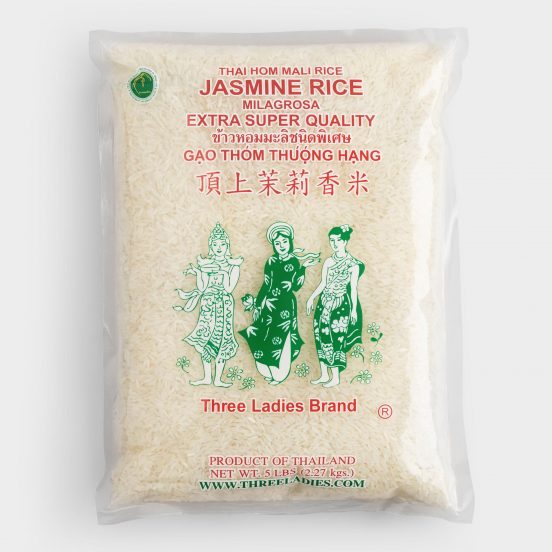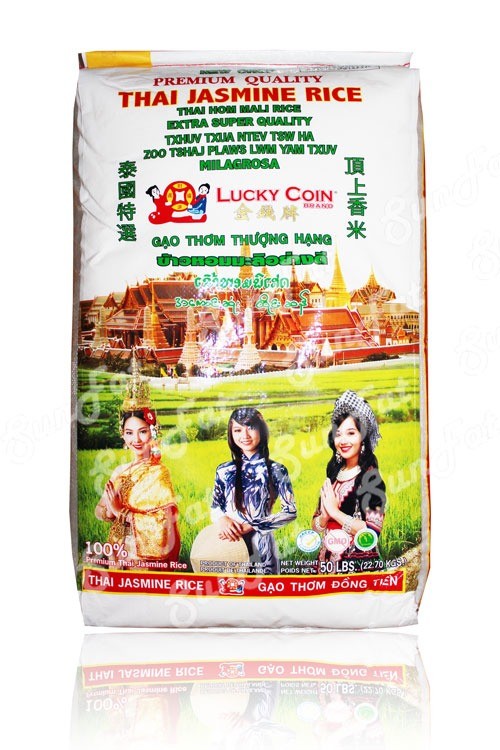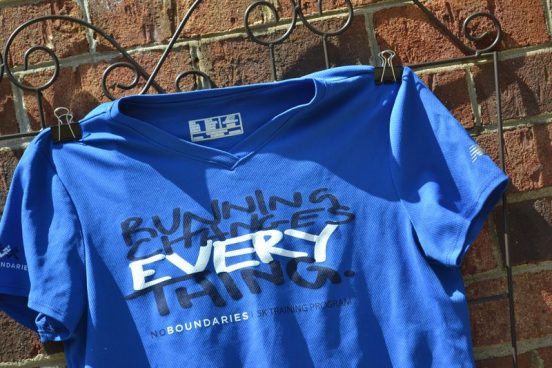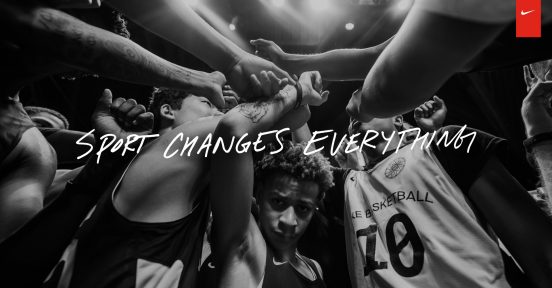Why Did the Easy One Fail and the Hard One Succeed?
Many years ago, the Vinh-Sanh Trading Corporation began selling rice it imported from southeast Asia under the following trademark, which it called the THREE LADIES BRAND:
Here it is on a bag of Thai jasmine rice:
The three women are shown wearing the traditional garb of the three countries from which Vinh-Sanh imports its rice.
More recently, a competitor, the Sun Fat Trading Corporation, started putting photographs of three young women wearing the traditional garb of some1There’s some dispute about this, but it appears Vinh-Sanh’s Laotian woman has been replaced with a Hmong woman. of those three countries onto its bags of Thai jasmine rice, like this:
Vinh-Sanh believed consumers would be confused. Perhaps they would think Vinh-Sanh had updated its logo? Perhaps they wouldn’t be able to tell Laotian traditional garb from Hmong? Consumers, after all, aren’t expected to be experts in such things. They just know the rice they like has three young women wearing recognizably traditional clothing.
Vinh-Sanh sued and moved for a temporary retraining order (“TRO”). TROs are for major emergencies. They press pause on whatever the defendant is doing, until the parties can sort out what’s going on and fight over whether the defendant should be preliminarily enjoined from doing the thing. Unlike most everything else that ever happens in a lawsuit, TROs can be issued without the other side getting a chance to tell its side of the story. It’s a drastic but very short remedy. A TRO lasts by default for only two weeks (though it’s often extended by agreement). A preliminary injunction lasts until the case is over, which can break a defendant or at least render the whole dispute meaningless.
Injunctions are especially important in trademark cases because money damages don’t always compensate for the harm of the trademark infringement. In much of the country, you can’t get damages at all unless you can prove either actual confusion or bad faith, which are often impossible for most parties to prove. Furthermore, the harm caused by confusion is difficult to quantify. You might not be able to prove that you lost a particular sale, but what about the erosion of your brand?
The psychology of purchasing decisions2Honest question: what DO we know about this? isn’t very well understood, but traditionally we have been worried the long-term after-effects of confusion. For example, a consumer might consciously know two trademarks are different and represent two different sources of goods, yet the two trademarks and sources might start to unconsciously blend into each other, such that the consumer would more likely to buy the competitor’s goods than the usual goods. Infringement, we’re afraid, dims the glow of a senior trademark and brightens that of the junior trademark, a transfer of goodwill that’s unfair because it piggybacks on the labor of the senior markholder, who worked so hard to burnish the trademark.
Quantifying Quality
The court denied the TRO3Regardless of its reasoning, this denial was justifiable. TROs are drastic. One way to think of them is: can you live even two weeks without it? Few cases are so urgent., even though it found that Vinh-Sanh was likely to prove trademark infringement ultimately. You see, if you want a TRO or a preliminary injunction, you have to prove that you’re likely to win at trial. There isn’t time for a full trial at this early stage, but the court takes in what evidence it has (often softening the rules of evidence) and makes an educated guess about how things are likely to go. (The court doesn’t always guess correctly.)
But for any type of injunction—including the final, permanent one issued after the trial—you have to prove irreparable harm. One way to think of irreparable harm is a bell that can’t be unrung. Another way is to think whether money can fix the harm, or whether the harm can even be fully understood or quantified at all.
In denying the TRO, the court found that Vinh-Sanh was likely to prevail on its claim for trademark infringement, but that it hadn’t proven irreparable harm. It strongly suggested that Vinh-Sanh try harder when the case moved to the next stage, the motion for preliminary injunction. The court allowed a certain period of time for Vinh-Sanh to gather its evidence.
Vinh-Sanh tried really, really hard. But it faced a question without an easy answer. Without getting into consumers’ heads, how do you prove irreparable harm? Vinh-Sanh hit upon a strategy. It would prove that Sun Fat’s products were of lower quality and, therefore, the trademark infringement caused consumers to believe Vinh-Sanh’s products were of a lower quality than they were. It was, in short, harm to its reputation.
A quick and important aside: While Vinh-Sanh’s strategy is not incorrect, it might lead to a misunderstanding of some fundamental principles of trademark law. Trademarks can be associated with a “high” level of quality and can go to a company’s reputation. But trademarks are not limited to that function. Trademarks are much broader than that. (How far is something of a legal koan.) They go to consumers’ expectations about a company’s4You need not know the name of the company, only that the products come from or are backed by the same “source,” which is why trademarks are sometimes described as “source indicators.” products, and that relationship doesn’t have to entirely rational. You might like a brand not because of it’s high quality, but because of its good value (i.e., its quality is good relative to the price). Or you might like a brand because the brand is extremely familiar to you—perhaps your family purchased its products when you were a child, and the brand makes you deeply nostalgic. I mean, surely you don’t drink Coke (or Pepsi) because it tastes good or otherwise of some unusually high quality (though you might at least trust it not to poison you).
To return, Vinh-Sanh tried its best to prove Sun Fat’s rice was worse than Vinh-Sanh’s. Using testimony obtained from its overseas supplier and from a California state inspector, it proved its rice retained greater moisture, making its rice softer. It proved its rice was whiter. It even proved the difference in processing that resulted in these enhanced qualities.
It was all for naught. The court denied the motion for preliminary injunction, too. Vinh-Sanh didn’t test Sun Fat’s rice directly, but compared it to rice that, as far as it could tell, was produced the same way. Why not? There probably wasn’t time (things move fast at the preliminary injunction stage), or Vinh-Sanh couldn’t afford an independent expert to run the tests. In addition, the differences weren’t placed in any real context. Where they large enough to affect purchasing decisions?5Wait, isn’t that what trademarks are for, so DON’T have to open up the bag and measure the differences? Oh, never mind. What’s more, Vinh-Sanh’s theory didn’t take into account the entire process of getting the rice to consumers’ tables, and the process described by Vinh-Sanh doesn’t apply to all its rice (i.e., some of its own rice is of differing qualities).
Nike Unvictorious
Meanwhile, in North Carolina, a different story was playing out. Fleet Feet6Full disclosure: I buy my running shoes at Fleet Feet, now that the venerable Athlete’s House in Belmont University has closed., franchised retail chain for running gear with about 180 stores, sued Nike—Nike!—over Nike’s plans to use the tagline SPORT CHANGES EVERYTHING in connection with a new advertising campaign. Fleet Feet contended SPORT CHANGES EVERYTHING infringed its RUNNING CHANGES EVERYTHING trademark.7Er, service mark. Whatever. Under a theory of “reverse confusion,” Fleet Feet worried that Nike’s use of its mark would so overwhelm Fleet Feet’s mark that consumers would assume Nike was the owner of both marks and that Fleet Feet was the one begging to be associated with Nike.8Many courts are highly skeptical of the theory of “reverse confusion,” but this court isn’t one. Here are examples “in the wild” of the marks at issue.
Fleet Feet might not exactly be David, but Nike is definitely Goliath! When you’re as big as Nike, you don’t need to win on the merits. You just need to exhaust your opponents, and most courts, honestly, will let you.
Against all odds, Fleet Feet won a preliminary injunction that prohibited Nike’s use of SPORTS CHANGES EVERYTHING and forced Nike to remove remove SPORTS CHANGES EVERYTHING from roughly everything.
While Fleet Feet had a difficult mountain to climb9And it isn’t over. Nike has appealed. (and we can debate whether the court’s reverse-confusion analysis makes sense), it had huge one advantage over Vinh-Sanh. It didn’t really have to prove irreparable harm. The only proof the court needed was that Nike planned to use SPORTS CHANGES EVERYTHING to what, for it, is a normal amount for an advertising campaign, i.e., a lot. From that, the court assumed that this extensive use would irreparably harm Nike.
eBay (the Case) “Changes Everything”
I mentioned previously that injunctions have been the traditional remedy in trademark cases because the recovery of money damages is doubtful and because the harm isn’t always immediately apparent or quantifiable. For years, the law has presumed “irreparable harm” when trademark infringement is proven, such that the burden shifted to the other side to prove the harm isn’t irreparable.
But something changed several years ago. In connection with patent case, eBay v. Mercexchange, the U.S. Supreme Court held that you can’t just presume irreparable harm in patent cases, even though the nature of patents is to prevent others from using your invention. This reasoning was extended to copyright (without controversy). And, I suppose, because trademark is traditionally lumped together with patents and copyrights as “intellectual property,” courts have been extending this reasoning to trademarks. As it happens, the Ninth Circuit, which oversees Vinh-Sanh’s court, has extended eBay to trademark cases. The Fourth Circuit, which oversees Fleet Feet’s court, has not.10Apparently. I haven’t independently researched this, but if it were otherwise, it seems Nike didn’t raise it or emphasize it enough. Since Nike sealed most of its filings, I can’t tell.
In my opinion, trademark infringement should carry with it a presumption of irreparable harm, not only for the traditional reasons mentioned above, but for a more important one. In any trademark case, there is another interested party in the background: consumers. Consumers are entitled to know what they are buying, and they are entitled to make their purchasing decisions based on their past experience with brands. Consumer confusion undermines these rights and corrodes commerce generally. There is, in short, more at stake than just one party’s goodwill and another party’s right of commercial expression.11Ironically, the consumers’ interest in “forward confusion” cases, like Vinh-Sanh’s, is much greater than in “reverse confusion” cases, like Fleet Feet’s. The danger facing Fleet Feet is that its goodwill in its marks will be squashed flat by Nike. I doubt consumers would care much.
These two radically different results also point to something else. How easy it is to get a preliminary injunction against trademark infringement shouldn’t depend on where you file suit. Fleet Feet is lucky to be based in North Carolina (and that Nike is basically subject to jurisdiction everywhere, it’s so huge). Vinh-Sanh is unluckily based on California, and its opponent is, too. Unless the U.S. Circuit Courts of Appeal all agree on how to treat irreparable harm in trademark cases (and the only choices aren’t “no presumption” and “yes presumption”), the Supreme Court needs to step in and resolve this “circuit split.”
Thanks for reading!
Footnotes
| ↑1 | There’s some dispute about this, but it appears Vinh-Sanh’s Laotian woman has been replaced with a Hmong woman. |
|---|---|
| ↑2 | Honest question: what DO we know about this? |
| ↑3 | Regardless of its reasoning, this denial was justifiable. TROs are drastic. One way to think of them is: can you live even two weeks without it? Few cases are so urgent. |
| ↑4 | You need not know the name of the company, only that the products come from or are backed by the same “source,” which is why trademarks are sometimes described as “source indicators.” |
| ↑5 | Wait, isn’t that what trademarks are for, so DON’T have to open up the bag and measure the differences? Oh, never mind. |
| ↑6 | Full disclosure: I buy my running shoes at Fleet Feet, now that the venerable Athlete’s House in Belmont University has closed. |
| ↑7 | Er, service mark. Whatever. |
| ↑8 | Many courts are highly skeptical of the theory of “reverse confusion,” but this court isn’t one. |
| ↑9 | And it isn’t over. Nike has appealed. |
| ↑10 | Apparently. I haven’t independently researched this, but if it were otherwise, it seems Nike didn’t raise it or emphasize it enough. Since Nike sealed most of its filings, I can’t tell. |
| ↑11 | Ironically, the consumers’ interest in “forward confusion” cases, like Vinh-Sanh’s, is much greater than in “reverse confusion” cases, like Fleet Feet’s. The danger facing Fleet Feet is that its goodwill in its marks will be squashed flat by Nike. I doubt consumers would care much. |







